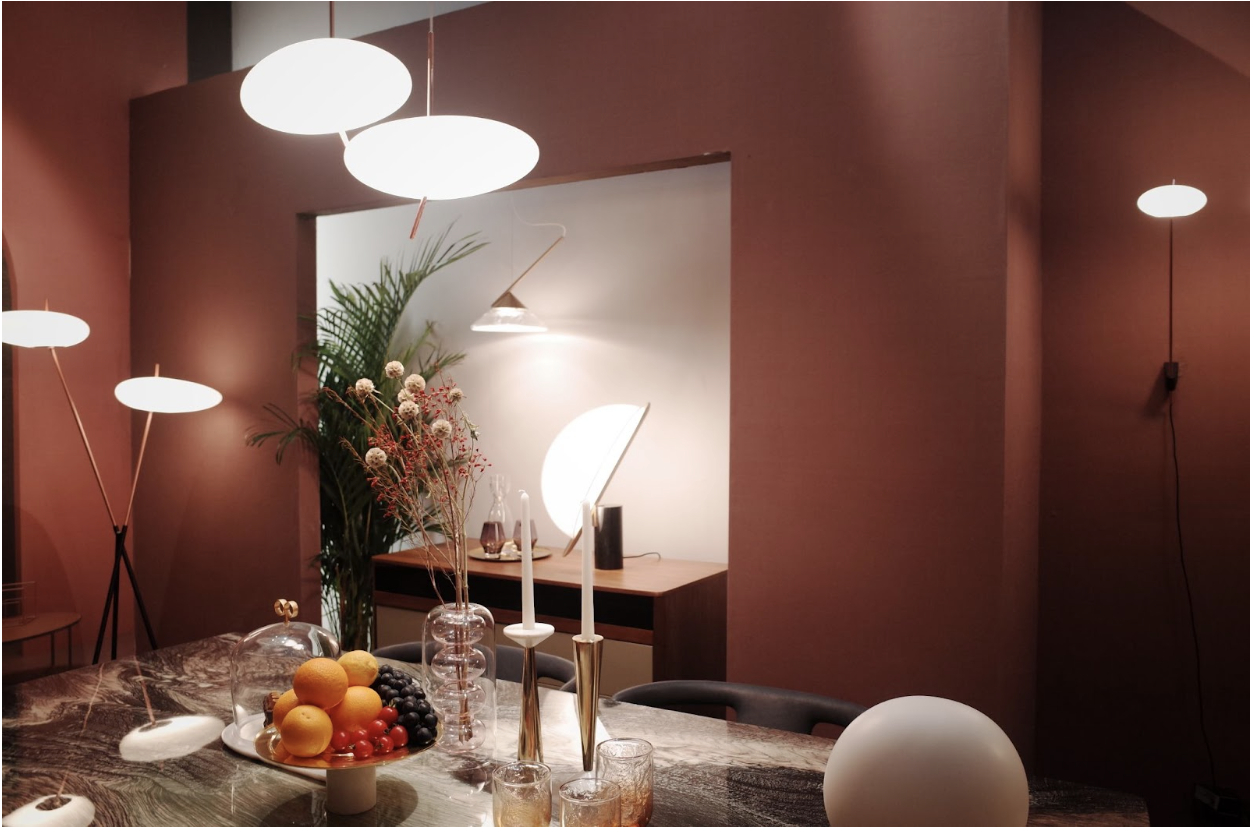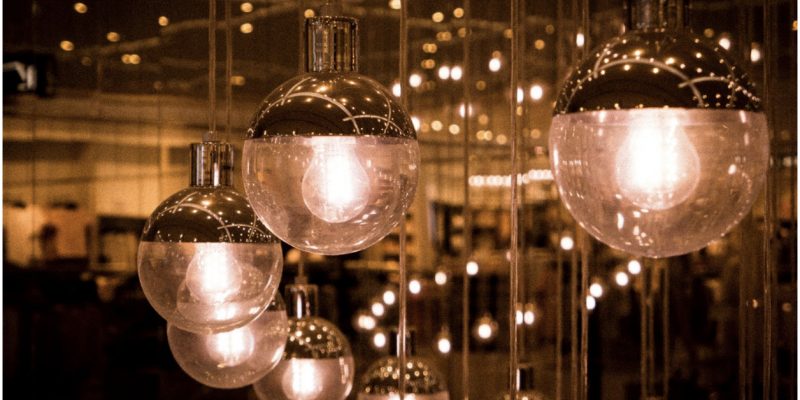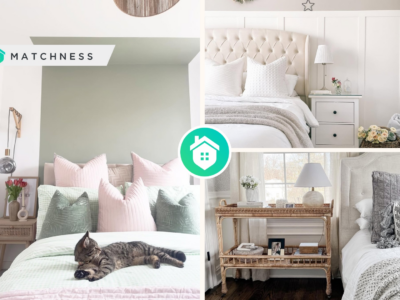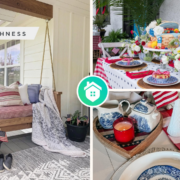Lighting is one of the most important elements of any home. It can make a room look cozy and inviting or put it in the complete opposite direction. And although you may think you know everything there is to know about indoor lighting, you may not be aware of some of the latest trends. In this blog post, we will explore some tips to make your home more livable with indoor lighting. From understanding the benefits of different types of lighting to choosing the right fixtures, read on to learn everything you need to make your home glow like never before.
What type of indoor lighting is best for your home?

When it comes to making your home more livable, one of the most important factors is indoor lighting. Here are four different types of indoor lighting that can help make a big difference in how you feel inside your home:
- Incandescent Lights: These lights are the oldest type of lightbulb and are still used in many homes today. They produce a warm, yellowish light and tend to be very bright. Because they use so much energy, incandescent lights should be replaced every 10 to 12 years.
- Compact Fluorescent Lights (CFLs): CFLs are becoming more common because they use about one-seventh the energy of incandescent bulbs and last up to 10 times as long. They come in a variety of colors, including cool white, which makes them ideal for areas where you want a more subdued light source.
- LED Lights: LEDs are becoming increasingly popular because they produce a wide variety of colors and tend to be very energy efficient. They also have a lifespan of around 50,000 hours, which is longer than any other type of bulb.
- Halogen Lights: Halogen lights are less common but offer an alternative option if you want something brighter than CFL or LED bulbs can provide. They tend to be more expensive than other types of bulbs, but they also have a lifespan of around 10,000 hours and produce a bright white light.
How to choose the right light fixture
There are countless light fixtures available on the market, and it can be hard to know which one is right for you. Here are some tips to help you choose the right light fixture:
- Think about your lighting needs. Do you need a traditional light bulb or do you want an LED?
- Consider your budget. Do you want to spend a lot of money on a high-quality light fixture or can you get by with something cheaper?
- Consider your space. What kind of look do you want for your home? Are traditional lights more suitable for formal rooms, while modern lights are better for more casual spaces?
- Consider your style. Do you want a bright and cheerful light or something more subdued?
- Consider your mood. Is it morning time and you need a bright light to wake up to, or do you want something more relaxing at night?
- Take into account your needs in the evening and night time hours when choosing a light fixture. A bright light during the day can be too harsh at night, while a dimmer fixture may work better during the evening hours when sunlight is less intense outside.
When to replace light fixtures
Whenever you change the light fixture in your home, think about the purpose of the light. Are you using task lighting to read by in your bedroom at night? Do you need a general illumination for work or play?
Remember that different types of bulbs emit different colors of light, so it’s important to choose the right one for your needs. Incandescent bulbs produce yellow and orange hues, while compact fluorescent (CFL) bulbs produce a warmer white and slightly less energy-saving blue light.
If you’re upgrading to LED lights, be sure to get a bulb specific to LEDs. These are more expensive up front but they last much longer and produce brighter light than traditional incandescent or CFL bulbs.
How to use artificial lighting in your home
Artificial lighting can be a big part of your home’s livability. Here are some tips on how to use artificial light in your home to make it more comfortable and attractive:
Choose the right artificial lighting
There are a lot of different types of artificial lighting, so find the type that will work best for your home. Some people prefer natural light while others prefer artificial light because it is more energy-efficient. You also have to take into account the effects of artificial light on your eyesight. If you have difficulty seeing in bright sunlight, you may have difficulty seeing well in an artificially lit room as well. Talk to an expert about what type of artificial lighting is best for your home and see how much light you need to function comfortably in each space.
Light fixtures
When deciding where to place artificial lights, think about where all of the fixtures will go. Light fixtures should be placed near windows or doors so that natural light can enter the room, and they should be placed high enough to avoid casting shadows on furniture or walls. It is also important to choose lamps with a warm or flattering glow, rather than a cold or harsh one, if you want your home to feel inviting instead of imposing.
Task lamps and reading lamps.
If you spend a lot of time indoors working on projects or reading books, consider getting a task lamp or reading lamp instead of relying solely on overhead lights. These lamps provide low-level illumination
When to turn off indoor lights
Ideally, you want to turn off all interior light fixtures in your home at night, or when you’re not using them. This will help save energy and keep your home cooler in the summer and warmer in the winter. However, there are certain times of day when it’s necessary to leave some lights on. Here are three exceptions:
- When you’re cleaning: Keep a light on in the hallway or stairwell so you can see where you’re going while cleaning.
- When your kids are sleeping: Leave a lamp on in their room so they know where they are and can find their way if they get lost.
- When you have guests over: Leave one light on in the living room or den so people can see what’s going on.
Conclusion
If you’re looking to make your home more livable, adding indoor lighting is a great way to do it. Not only will the lighting improve the appearance of your home, but it can also create a more relaxing and comfortable environment. In this article, we’ve compiled some tips on how to choose the right light fixtures for your needs, as well as some advice on how to install them. If you’re ready to make your home feel like a welcoming place again, read on!




















